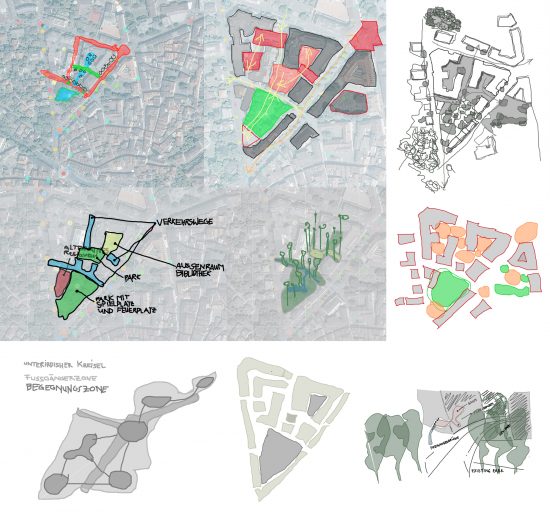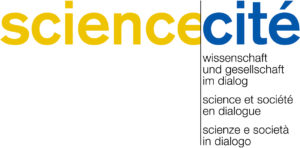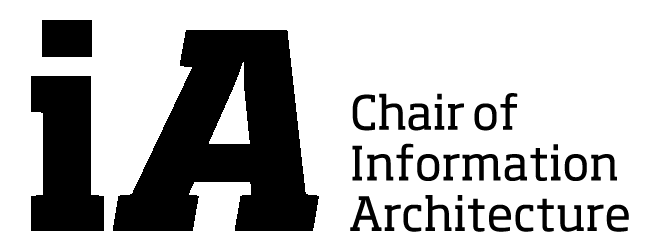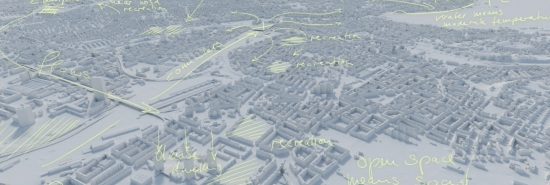In the last years, the smart technologies and lifestyle have gained new challenges in working, living and dwelling. On the other hand, we face the rapid trend of growing cities with increasing dense of population and diversity of city dwellers with their individual needs. The city is the place where we interact, communicate, move, share and participate.
A city often changes and is activated from bottom-up and this characteristic of its fluidity and state of continuous flux strongly seeks for a feature of its responsiveness and adaptability. More specifically, it appeals for such systems that can adapt to local specificities and citizens necessities with the impact on their spatial and geometrical qualities and with a consideration to urban density, internal space, connectivity, diversity and in respect to differentiated local climate zones. But how can participants directly influence their environments towards better livability in respect to their desires and preferences?
Nowadays, the citizens are not really involved in the planning, design and decision making processes in the cities. Each citizen has own understanding what are the best criteria of livability, which very often differ from experts’ views. The main idea of this project was based on bottom-up requirements and tailored preferences of people engagement in rapidly changing societies, climate and broader cultural conditions. The research referred to the social and environmental needs and the ability of the cities to adapt according to users’ necessities.
The goal of this research project was to gain new ideas of livability directly taken from the citizens and to develop a customised on-line platform where an urban environment can be sketched, proposed, modeled or re-modeled, explored and understood directly by the citizens taking into account their own preferences, desires and knowledge. Such an approach delivered efficient and novel urban participatory platform, accessible on-line and off-line that the citizens can interact and work with and in that way contribute to better livability in their neighbourhood, district, city. It had led to an activation of citizens with broader social impact that improves livability in our contemporary and future cities.

The research in the first phase addressed the engagement of information technologies used for idea sketching in participatory design workshop related to local urban issues in the city of Chur in Switzerland by means of the Skity tool, the sketching on-line platform running on all devices. The Skity tools allows user, which can be individual citizens or a community, to sketch, build, and adapt their ideas for the improvement of an urban locality.The content of this research was focused on the participatory design research project conducted as a study at the ETH Zürich and the Hochschule für Technik und Wirtschaft HTW in Chur in collaboration with Future Cities Laboratory in Singapore.
Contact:
Peter Buš | bus@arch.ethz.ch | +41 (0) 76 278 6087
Tanja Hess | tanja.hess@htwchur.ch | +41 (0) 81 286 37 28
Researchers Involved: Lukas Treyer, Hangxin Lu, Katja Knecht (FCL Singapore)
Webpages:
http://futurecitymodel.arch.ethz.ch/
Future City Model at Schweiz Forscht
A Research Project from ETH Zurich and HTW Chur
Supported by
Media partner






